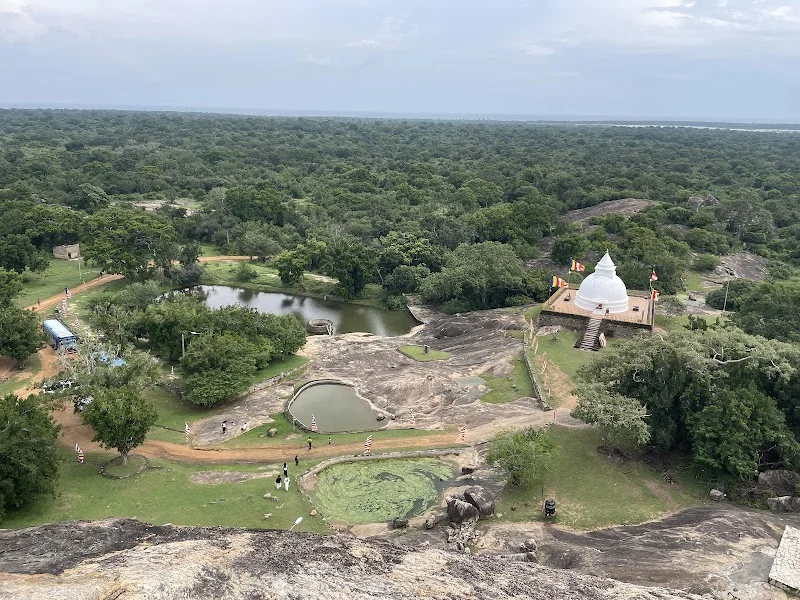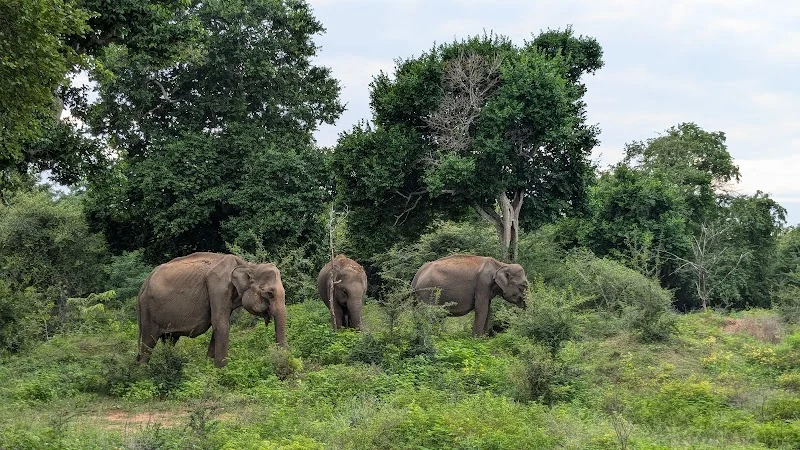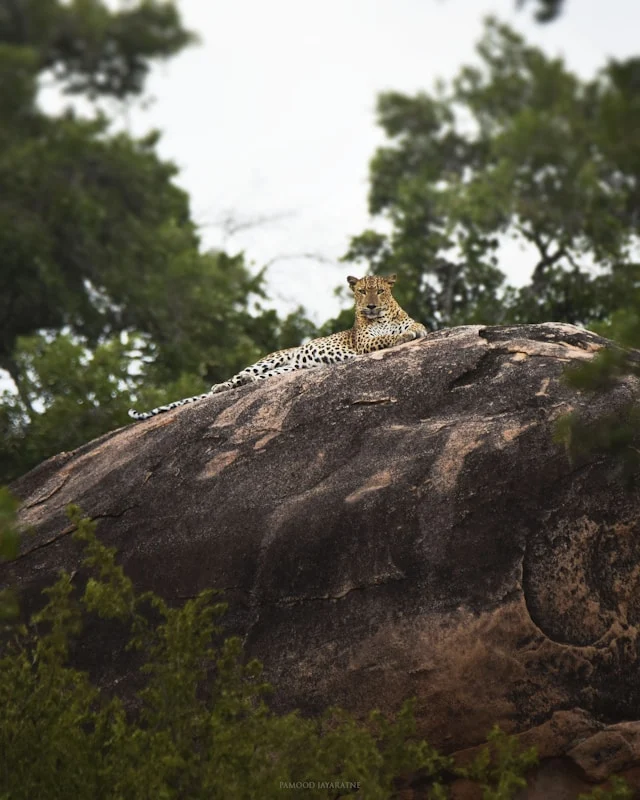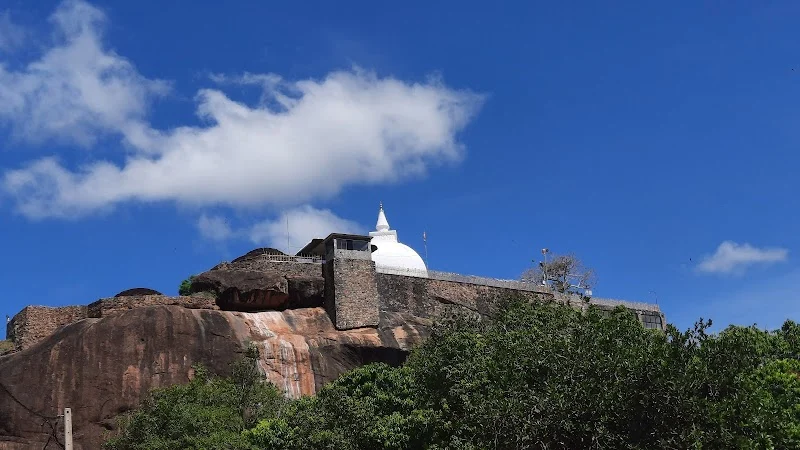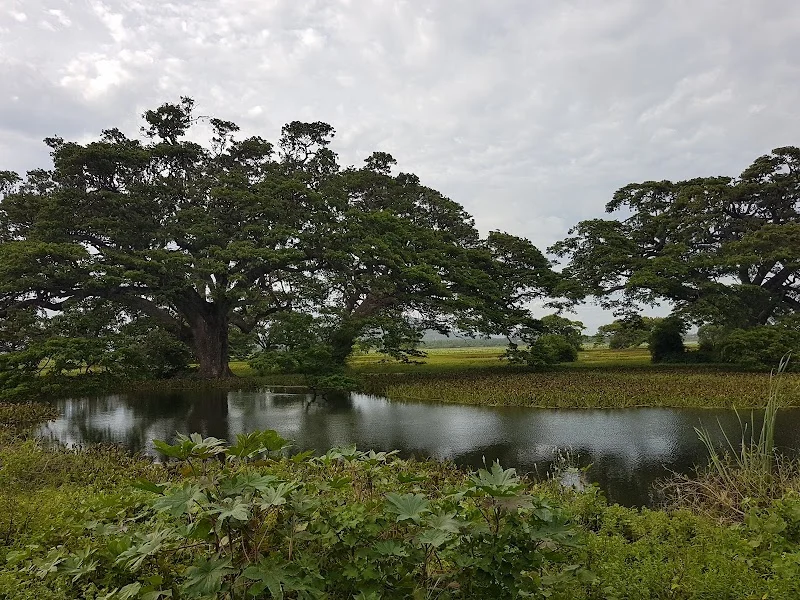Top Sights in Yala
Magul Maha Viharaya in Sithulpawwa dates back to the 2nd century BCE and is associated with the marriage of King Kavantissa and Queen Viharamahadevi.
Lunugamvehera National Park serves as a vital wildlife corridor connecting Yala National Park and Udawalawe National Park.
Yala National Park, the second-largest and most visited national park in Sri Lanka
Sithulpawwa Rajamaha Viharaya is an ancient Buddhist rock monastery complex in the 2nd century BC
Wirawila Tissa Sanctuary is a protected wildlife reserve renowned for its diverse birdlife, wetlands, and dry-zone vegetation.
Kebiliththa Devalaya, also known as Maha Siyambalawa Devalaya, is a sacred site believed to be the spiritual retreat of the deity Kataragama
Loading...
